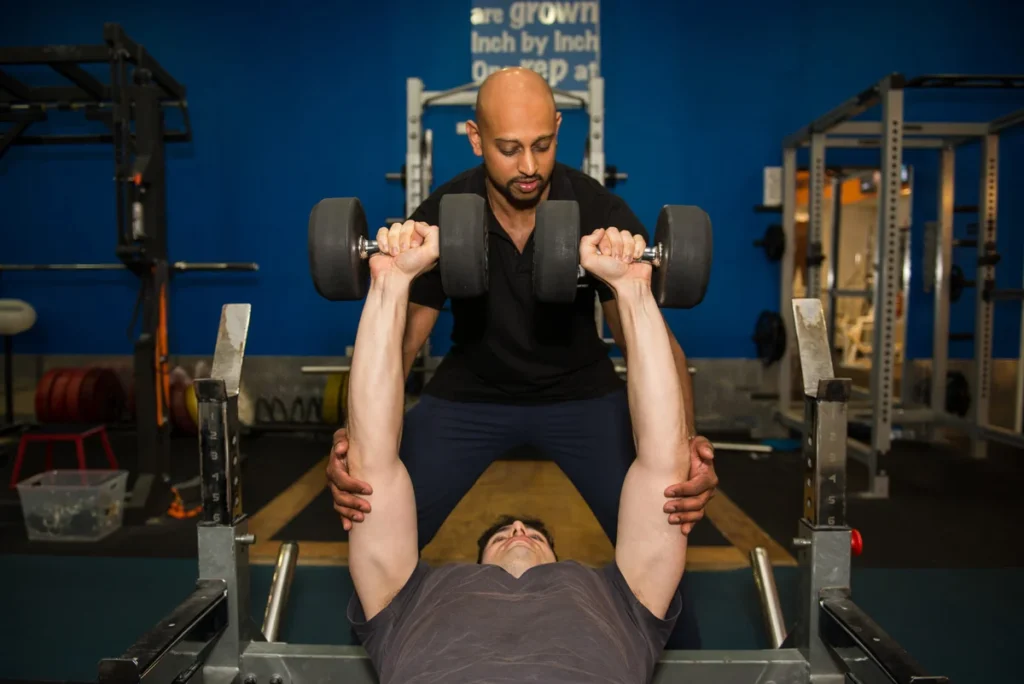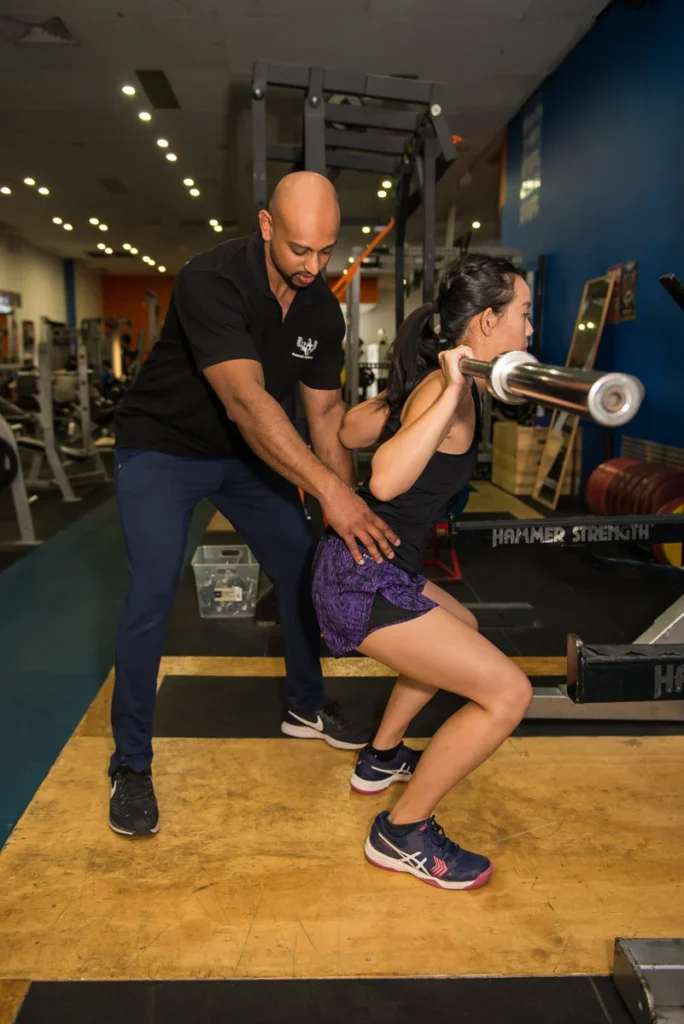
Shoulder injuries are amongst some of the most common injuries that gym goers suffer. For mild shoulder injuries here are some tips and tricks that can be implemented to help your shoulder feel and get better.
Tip 1: Load Management
Many gym-related shoulder injuries are usually a result of improper load management or increasing loads too quickly. Here a some common examples of improper load management:
- Too much training volume too soon (reps x sets x frequency)
- Progressing intensity too quickly (weight lifted)
- Progressing a new exercise too quickly (intensity and volume)
- Not accounting for other variables that affect load tolerance in the gym e.g. out of gym
physical demands, physical demands from other sports, poor sleep and nutrition - Coming back to the gym too fast after a long break or holiday
- Ignoring your body and trying to push through little niggles
Appreciating that proper load management is king is the most important step when it comes preventing and managing shoulder injuries.
Tip 2: A Tactical Deload
A deload may be a useful load management tool for an individual if they have been pushing themselves hard in the gym for a while. A typical deload protocol would be one week of reduced training volume and intensity (reducing volume by 50%) followed by two or three weeks gradually progressing back to the previous level of intensity and volume.

Tip 3: Rotating Exercises
For the typical gym goer that does not need to specialise in a particular lift, aggravating exercises can be temporarily replaced with another exercise that targets the same muscle group. For example, replacing a flat barbell bench press for a dumbbell press variation. Another example would be using a variation of the same lift for example switching from a weighted wide grip pull-up to a shoulder width grip weighted chinup.

Tip 4: Technique Modification
Certain techniques during an exercise can put more load into the shoulder joint and musculature. This is not necessarily a bad thing but can be one variable that can be manipulated if someone is dealing with shoulder pain. Common examples include narrowing your grip during horizontal pressing movements such as a bench press and vertical pulling movements such as a chinup and reducing elbow flare during pressing movements. Other less obvious technical changes that can be made may require the assistance of a coach, personal trainer, experienced lifter or physiotherapist.
Tip 5: Warming Up the Shoulders
For individuals without shoulder injuries, warming up by using the same exercise and slowly increasing weight over several sets is usually sufficient. For individuals with a shoulder injury or niggle, a non-specific shoulder warmup for the shoulder joint and rotator cuffs might be useful.
Reach out to our team of experienced physiotherapists for an assessment on your shoulder pain.

